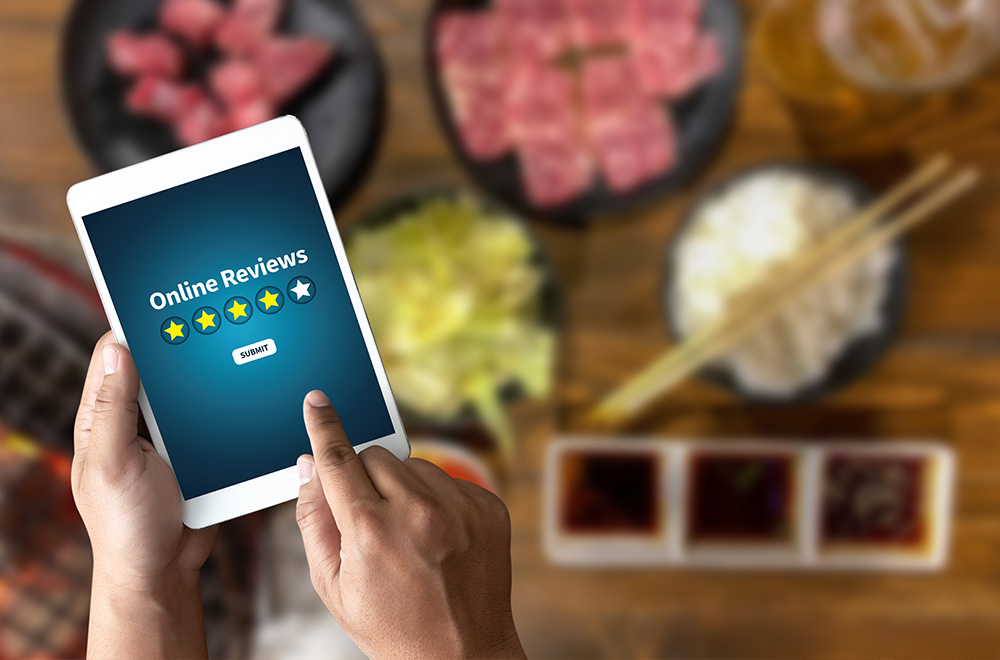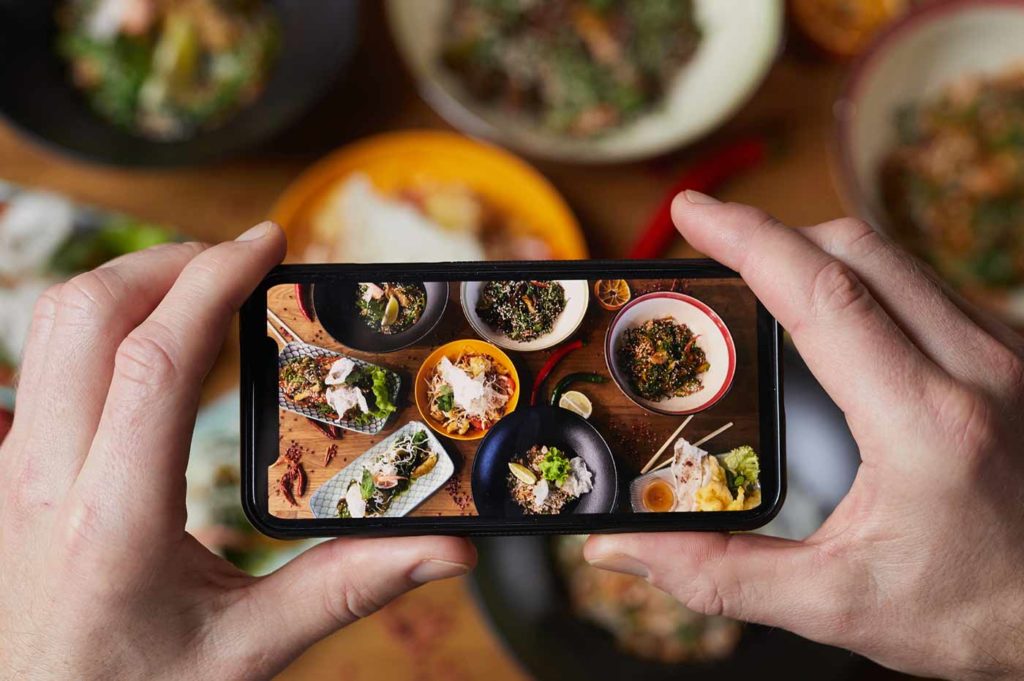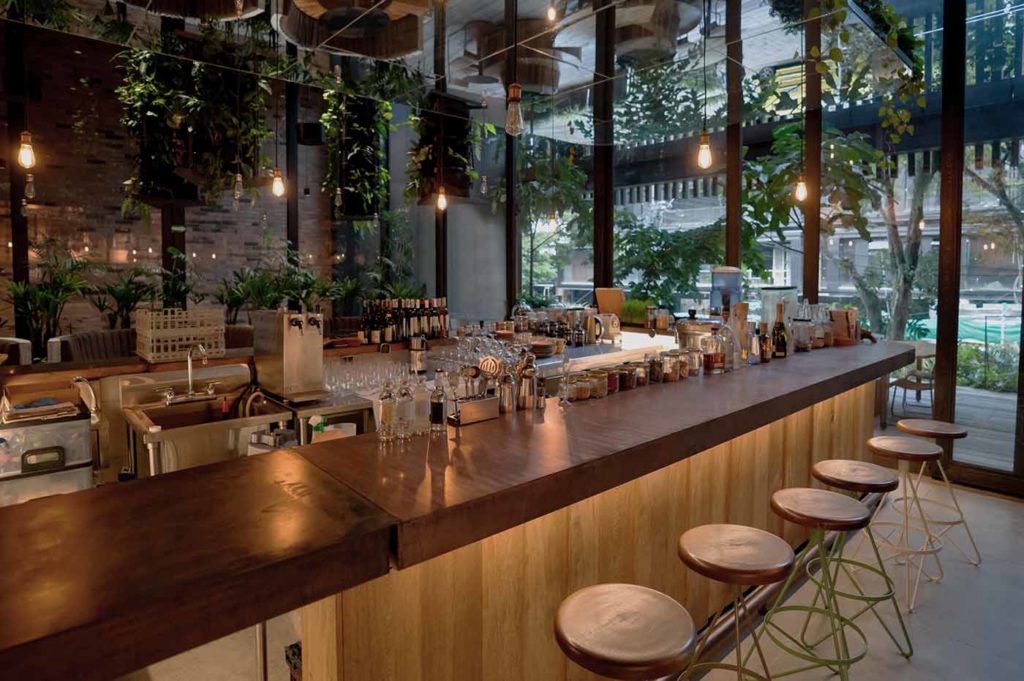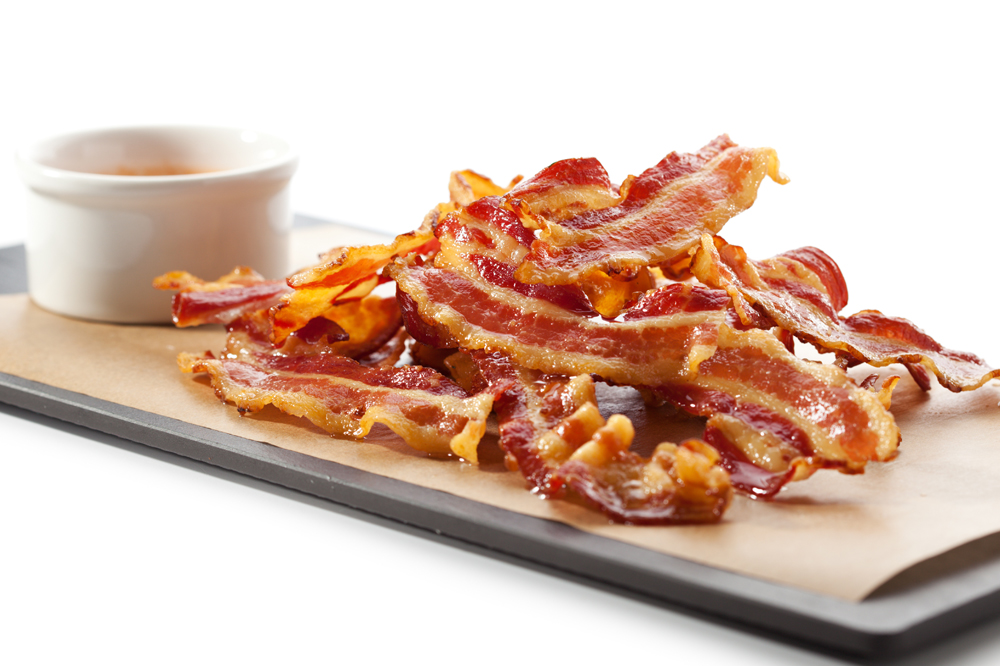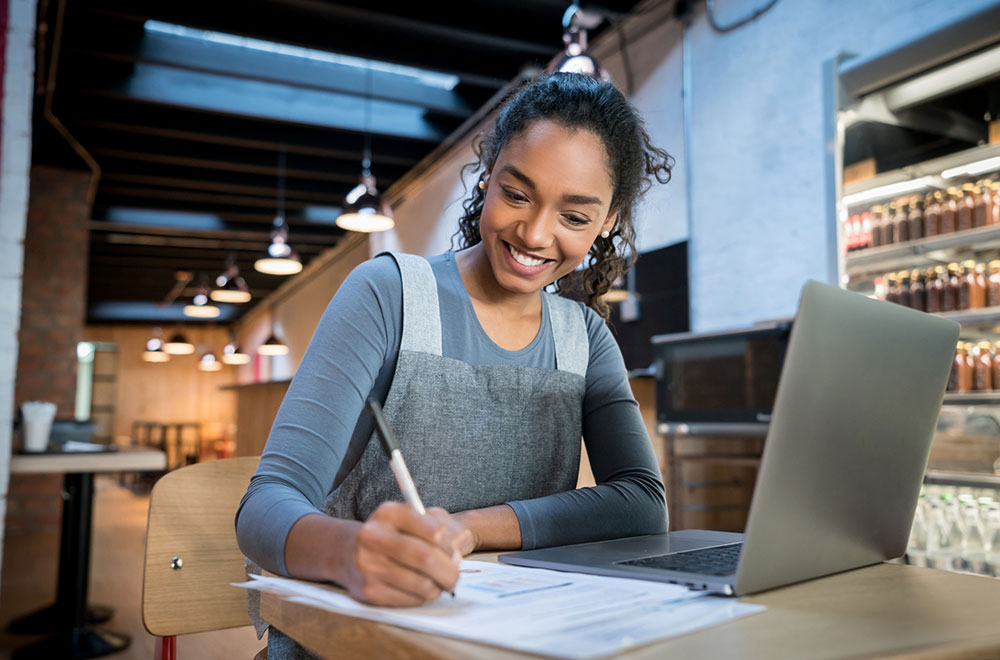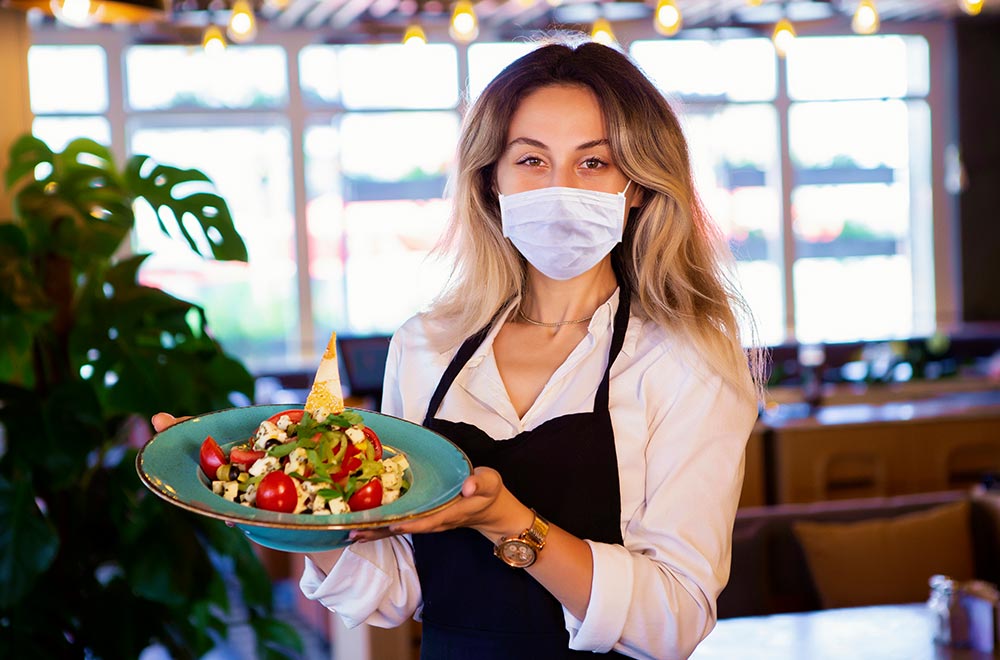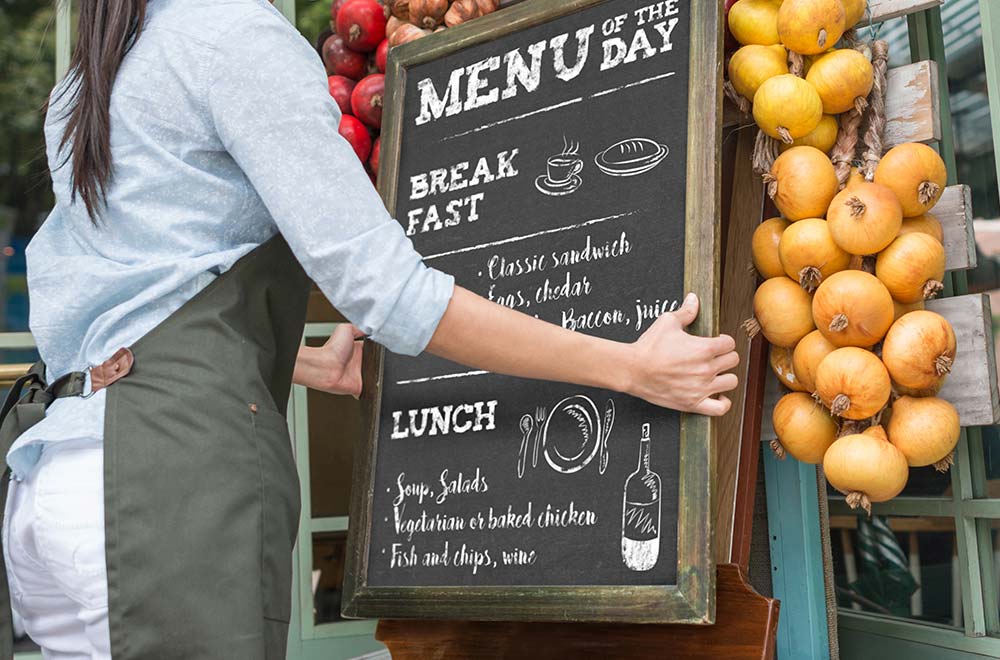See why verified online customer reviews are a crucial component of generating a positive online presence for your restaurant.
The importance of online customer reviews for restaurants
Customer reviews can be the cornerstone of a restaurant’s success or the downfall of its reputation. With 94% of U.S. diners claiming they’re influenced by online restaurant reviews, it’s important for restaurant owners to understand how to best manage, respond, and showcase their establishment’s reviews. This type of feedback can help to bring consumer pain
How to leverage social media marketing for your restaurant
A comprehensive overview of social media marketing best practices for restaurants.
How to build a restaurant communications strategy
Learn how to build a restaurant communications strategy that can help to establish a successful relationship with local media outlets.
Developing your restaurant’s brand
Are you doing all you can to differentiate yourself in the market? Learn how to create a successful restaurant brand from the ground up.
Why Using Stock Photography Is so Last Year
Beautiful and compelling photos are a crucial marketing component for any business, and can be especially critical as a promotional tool for restaurants. The images you feature as a restaurant owner need to be visually compelling enough so that viewers feel that they can practically taste and smell your delicious food through their screens. While
Marketing ideas for restaurants during coronavirus
Although certain areas of the country are beginning to open up more fully for indoor dining, new challenges are still emerging each day for the restaurant industry during the coronavirus pandemic. In order to secure a consistent revenue stream and bolstered brand awareness, restaurant owners are implementing creative and unique tactics for marketing their business
Creative restaurant marketing during COVID-19
New roadblocks and challenges are popping up each day for restaurant owners and operators amid COVID-19. As many restaurants across the country prepare to reopen, either fully or partially, for dine-in service, many business owners are implementing innovative marketing tactics and creative promotions that can help revenue to remain steady during these shaky times. Take
Coronavirus era: Marketing your restaurant in a limited capacity world
Restaurants across the country are slowly opening their doors again with a slew of limited-capacity guidelines and restrictions in place. From social distancing tables and having employees and guests wear masks, to removing dense traffic areas (like salad bars and buffets), to temperature-checking patrons as they walk in, the checklist varies for each city and
Marketing tactics for restaurants during coronavirus
It’s no secret that COVID-19 has ignited many challenges for the restaurant industry. From having to close dine-in service and maneuver to a takeout/delivery model, to beginning the unpredictable process of reopening and rehiring, many owners are employing creative marketing strategies to help soften the financial blows that restaurants are experiencing during coronavirus. Take a

